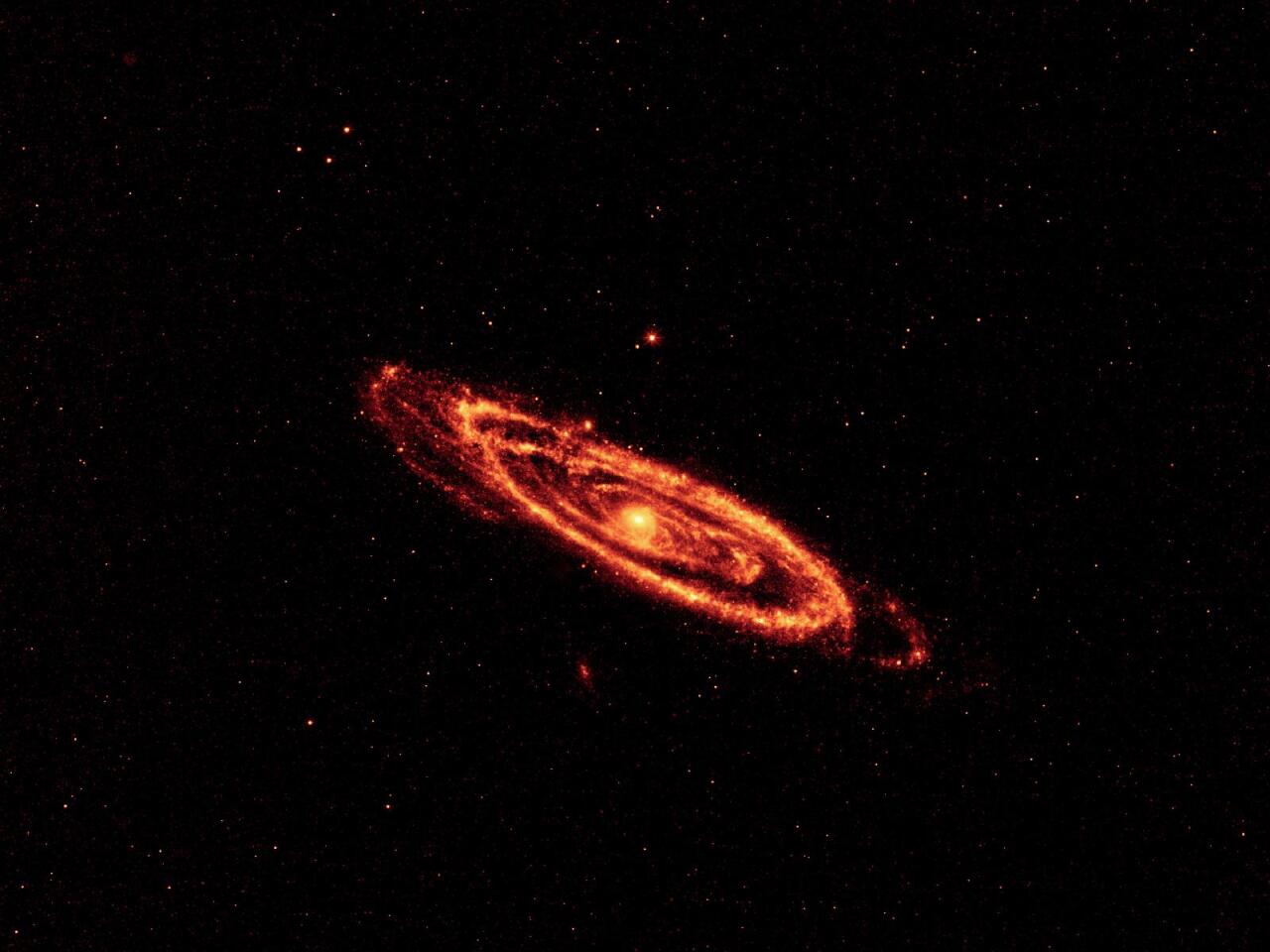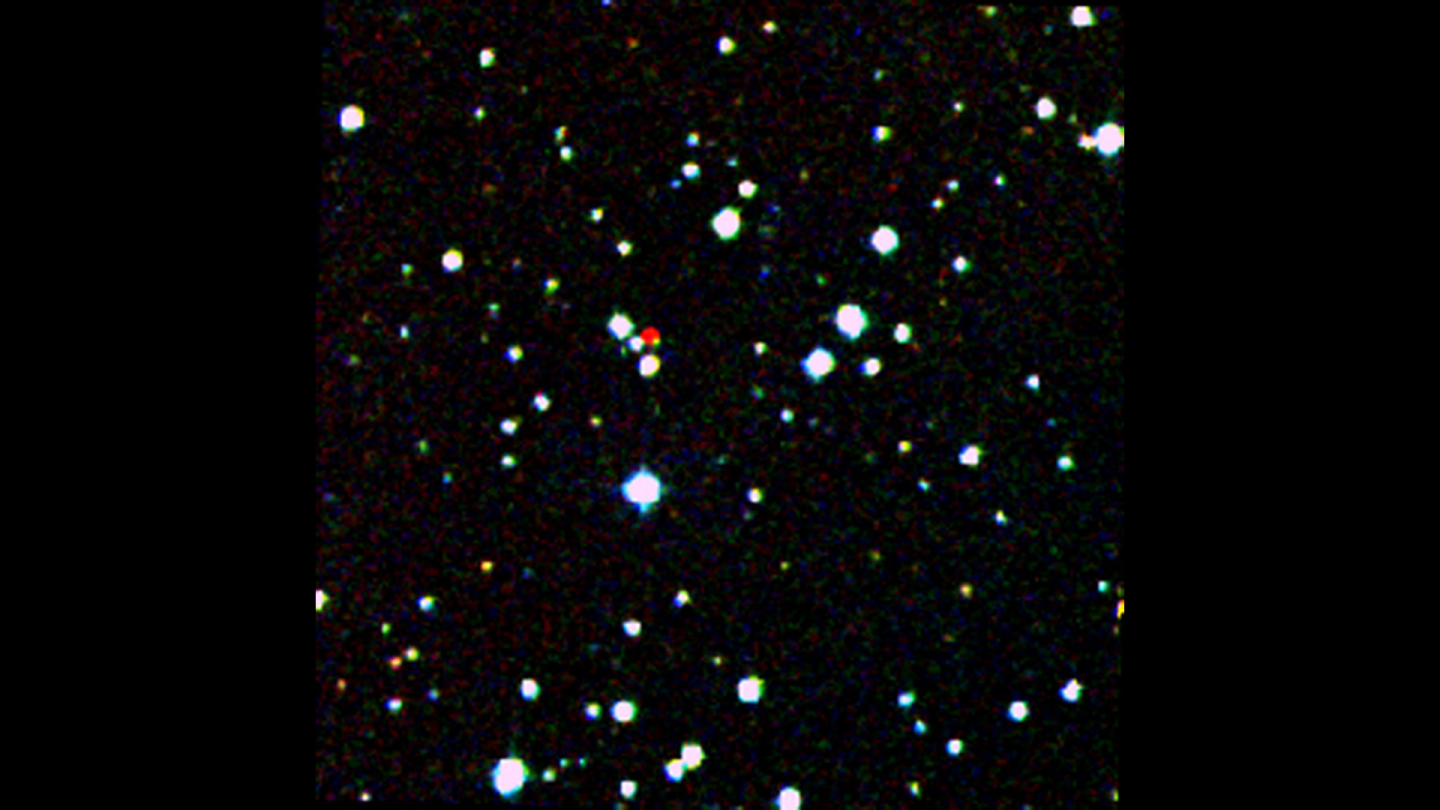A study of data captured by NASA's Wide-Field Infrared Survey Explorer (WISE) satellite has disproved the existence of the hypothesized large celestial body, dubbed "Planet X." The planet or companion star was, some believed, responsible for the periodic mass extinctions that have taken place in Earth's past.
NASA's WISE satellite was designed to image the entire sky with infrared light, to aid the answering of fundamental questions on the origins of celestial bodies ranging from planets to galaxies.
Before being placed in hibernation and subsequently woken in 2013 to form the NEOWISE mission, the WISE mission operated from 2010 to early 2011. During this time it carried out two full surveys of the sky, imaging nearly 750 million stars and galaxies and creating a catalog that scientists could turn to in order to examine questions and theories such as that posed by the hypothetical Planet X.

Scientists and conspiracy theorists alike originally hypothesized the existence of a planet or small star in the outer solar system. This is due to the seemingly regular timing of mass extinctions that had taken place on Earth due to asteroid impact such as the one that wiped out the dinosaurs in the Cretaceous period.
The leading theory on Planet X was that a phantom planet or small star lying somewhere beyond Pluto would periodically re-enter the inner solar system, moving through bands of comets as it did so. The gravity of Planet X would then deflect these comets towards Earth, causing the mass extinctions found in geological surveys.

However, whilst WISE searched the entire sky and discovered hundreds of millions of stars and asteroids, the existence of Planet X was not supported by the extensive infrared survey. No object that exceeded the size of Saturn was discovered to a distance of 10,000 astronomical units (au), with one au being the equivalent of 93 million miles. WISE also detected no planet or star larger than Jupiter as far as 26,000 au. With earth being one au from the Sun and Pluto 40 au from its parent star, this data ostensibly disproves the existence of a hitherto undetected planet at the fringes of the solar system.
Whilst WISE found no evidence of Planet X, it did find an abundance of celestial bodies closer to our solar system than any previously discovered. The second study by WISE revealed 3,525 stars and brown dwarfs within 500 light-years of our Sun, the closest of which, a pair of brown dwarfs just 6.5 light-years away, represents the closest system discovered in almost a century.

Ned Wright of the University of California, Los Angeles, and principal investigator of the mission stated that "Neighboring star systems that have been hiding in plain sight just jump out in the WISE data."
Scientists were able to determine the relative proximity of stars discovered by the WISE survey by observing how much the star moves in relation to those around it. Stars that are closer to us appear to move faster against the backdrop of their more distant cousins.
Source: NASA







